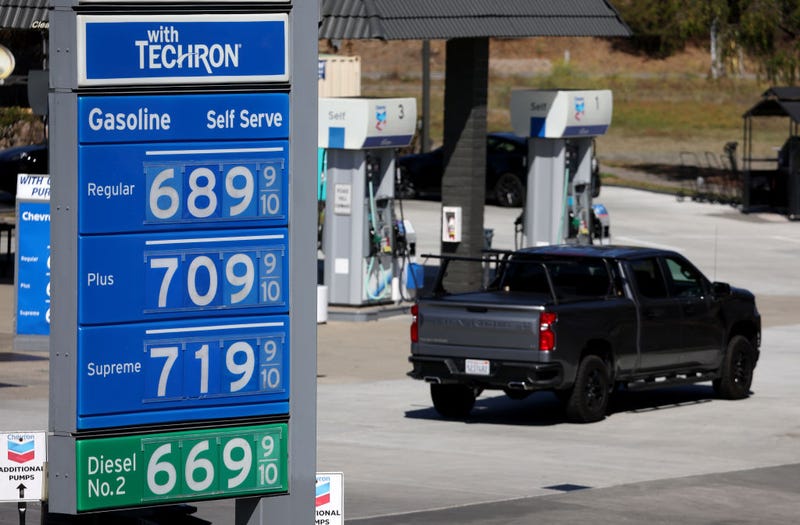
As of Thursday, AAA estimated that the average price for a gallon of gas in the U.S. was $3.867, up from the previous day, the previous week and the previous month, when it was $3.779.
Average gas prices soared to more than $4 this summer but had started to come down in August. Why are they going up again?
Well, OPEC+ – a group of oil-producing nations lead by Saudi Arabia and Russia – announced Wednesday a list of 10 decisions that included cutting oil production by 2 million barrels per day starting next month.
According to OPEC+, the decisions were made “in light of the uncertainty that surrounds the global economic and oil market outlooks.”
U.S. President Joe Biden told reporters Thursday that he is disappointed in the group’s decision.
“Disappointment,” he said when asked for a reaction. “And we’re looking at what alternatives we may have.”
“The possibility of petroleum supply disruptions and slower-than-expected crude oil production growth continues to create the potential for higher oil prices, while the possibility of slower-than-forecast economic growth creates the potential for lower prices,” according to the U.S. Energy Information Administration.
It estimates that global consumption of petroleum and liquid fuels increased by 1.6 million barrels per day in August to 99.4 million barrels per day. The administration also forecasts global energy consumption will increase by an average of 2.1 million barrels per day for all of this year and by 2 million barrels per day next year.
Biden also said Thursday that it “remains to be seen” whether he will meet with Russian President Vladimir Putin during the upcoming G20 Summit.
Putin has led an invasion of Ukraine since February that has resulted in countries, including the U.S. sanctioning Russia. The invasion and sanctions have impacted oil prices, according to the World Economic Forum.
ABC News reported Thursday that crude oil prices stood at $93, well below a high of $123 reported in June. Industry analysts told the outlet this week that the OPEC+ move to reduce oil production has “major implications” for gas prices in the U.S. in the near future.
“The move will cause a spike in U.S. gasoline prices that will last for months,” said ABC of the analysts’ info. Although the analysts said Biden can “reduce some of the immediate price hike,” they also said he “lacks an effective option to mitigate the overall cost increase for U.S. drivers,” according to the outlet.
Reporters asked Biden if Venezuela, a nation that the U.S.
has also sanctioned for government corruption, is an option for oil.
“What would Venezuela have to do in order for the U.S. to ease sanctions?” a reporter asked Thursday.
“A lot,” said Biden.
LISTEN on the Audacy App
Tell your Smart Speaker to "PLAY 1080 KRLD"
Sign Up and Follow NewsRadio 1080 KRLD
